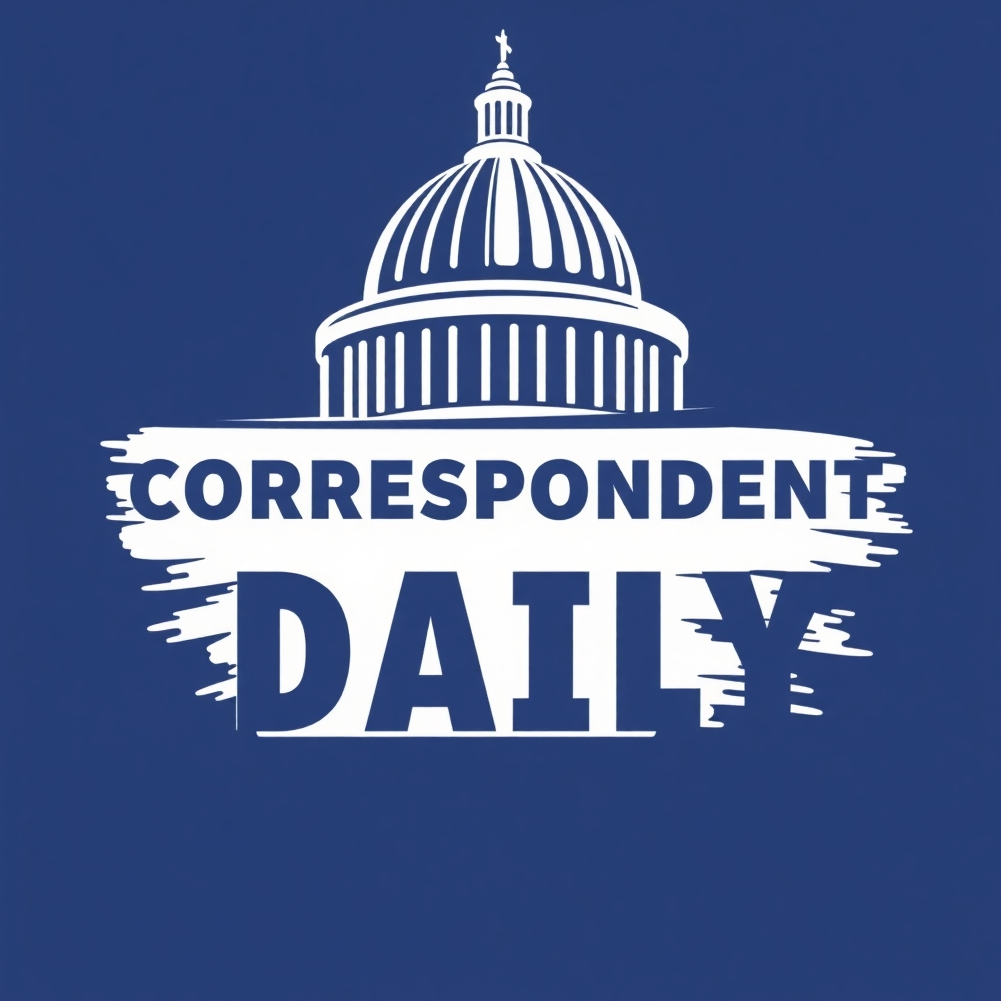
Trump's AI Action Plan: A New Era in Technology Policy
In a pivotal speech delivered at the recent All-In Podcast summit, former President Donald Trump unveiled the United States' AI Action Plan, a framework signaling a significant shift in governmental approaches to artificial intelligence and intellectual property. His remarks indicate a preference for deregulation and a departure from the stringent copyright norms that have dominated discussions surrounding AI's usage of data.
The 'Commonsense Application' Approach
Trump articulated the notion that AI development should benefit from a "commonsense application" of intellectual property rights. He asserted, "You can't be expected to have a successful AI program when every single article, book, or anything else that you've read or studied, you're supposed to pay for." This reflects a growing sentiment among many in the tech community who believe that licensing fees could stifle innovation and hinder the emergence of groundbreaking technologies. The president's comments align with those of Adam Eisgrau from the Chamber of Progress, who supports the idea that allowing AI developers to train their models on copyrighted works is essential for achieving technological progress.
Wokeism vs. Innovation: A Cultural Commentary
Alongside his stance on copyright and AI advancement, Trump reiterated his commitment to opposing "woke" ideology infiltrating AI models. He stated emphatically, "We are getting rid of woke," a declaration that resonates with certain sectors of the populace who view these influences as detrimental to innovation and progress. This dichotomy between woke culture and technological advancement raises critical questions about how societal values shape the future direction of AI development.
The Legislative Landscape: A Tug-of-War
Following Trump's speech, the tension between advancing AI capabilities and protecting intellectual property rights became more pronounced. Recent legislative efforts, spearheaded by senators Josh Hawley and Richard Blumenthal, propose stronger protections for copyrighted material against AI training practices. However, the Trump administration's endorsement of a laissez-faire approach reflects a counter-narrative that prioritizes technological development over regulatory caution. While these senators seek to impose restrictions, Trump's actions suggest a path towards looser regulations that could foster a more agile AI landscape.
Envisioning the AI Landscape Against China
The Trump administration's AI Action Plan, which comprises over 90 policy recommendations, aims to position the U.S. as a leader in the global AI race, particularly in light of China's advancements in this arena. The administration emphasizes the necessity of minimizing bureaucratic barriers to innovation. In this strategic vision, federal funding could be impacted based on state-level AI regulations perceived as onerous, thus streamlining development efforts across the nation.
Reflections on Future Innovation Trends
As discussions around AI policy mature, it is essential for stakeholders—including tech companies, policymakers, and the public—to engage in open dialogues about the implications of these evolving trends. The focus on fostering creativity while addressing ethical considerations and regulatory frameworks will likely shape future innovations in areas such as cybersecurity, robotics, and the metaverse.
The Impact on Tech Companies and Layoffs
In the current landscape where tech company layoffs have become frequent, the Trump's AI plan might raise hopes for a revitalization of the industry. The potential for innovation may prompt an influx of investment and job creation, counterbalancing the layoffs seen in various sectors. This optimistic outlook emphasizes a critical decision point for tech companies: adapt and thrive in an evolving regulatory environment or risk falling behind.
Conclusion: The Future of AI AI Development
President Trump's AI Action Plan unveils a transformative perspective on the intersection of artificial intelligence and intellectual property. As the nation grapples with the challenges and responsibilities of AI, the call for balancing innovation with moral considerations will resonate in the dialogue moving forward. The unfolding narrative of adaptability and creativity in technology could define the landscape of 2025 and beyond, making it essential for individuals and organizations alike to stay informed and engaged in these vital conversations.
If you want to learn more about the intersection of technology and society or are interested in updates on artificial intelligence developments, keep following the tech news today. Discover how emerging technologies are reshaping our lives.
 Add Row
Add Row  Add
Add 




Write A Comment